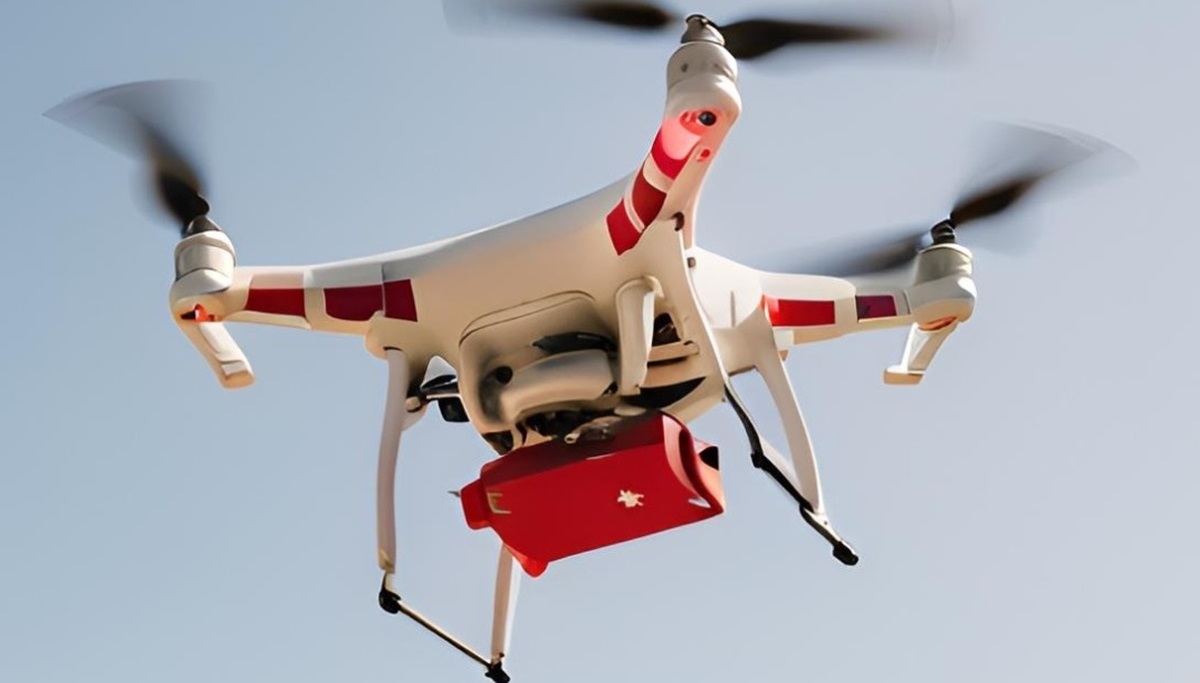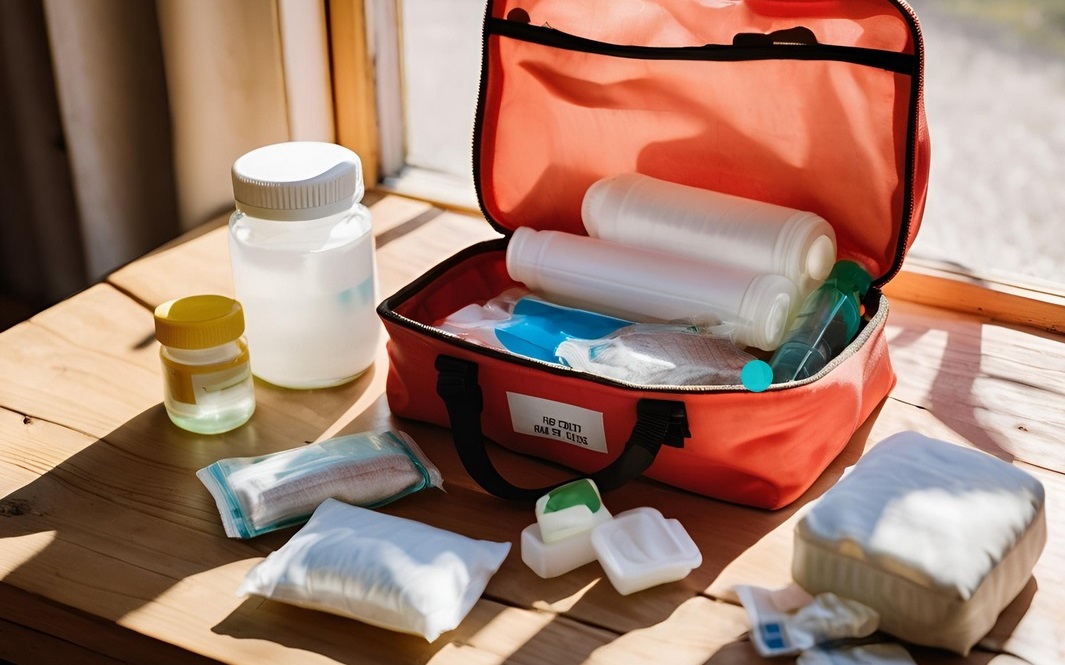Why a First Aid Drone?
Imagine you've fallen down during a mountain hike and you can 't move anymore, it's getting colder and colder at night and you urgently need a bivouac sack or at least a rescue blanket. Or you are trapped by flood water and have nothing to eat. Imagine you work for an emergency medical service and you are short of urgently needed medication. Or someone you know suffers a heart attack and there is no defibrillator to be found anywhere in the area.

In all these cases you need one thing: Very fast help!
This is exactly what the FAD is designed for: to bring help quickly to hard-to-reach areas. It can carry up to 2 kg of goods and, with a camera, also provide important information for additional rescue operations.
How does the drone find you?
All you need is a cell phone. Using the FAD app, you can send your current location directly to the operations center. All you have to do is specify what you need most urgently. The drone is then immediately ready for action and sets off. Controlled by GPS, it flies directly to your location and will arrive within a few minutes.

In addition, any person, for example a member of a rescue team, can enter coordinates for a rescue mission via a public web site. This makes sense, for example, if a missing person is unable to actively communicate their position. Or medication has to be taken to a medical facility. In this case, the operator can mark the desired position for the delivery directly on a digital map in the FAD software and define it as target position.
The drone then uses a built-in camera to determine your exact position and tries to fly as close to you as possible. When approaching the closest possible position, the drone uses lidar sensors to maintain the necessary distance from obstacles and avoid a crash.
How does the aid package get to you?
As soon as the drone has found a good position, it will descend to 12 meters above the ground. From this height, a winch is used to lower the aid package the remaining few meters to you. When the parcel is only a few centimeters above you or the surrounding area, it is automatically released. Alternatively, the package can simply be dropped with a parachute.

What other capabilities does the drone have?
During the entire operation, a camera is running and recording the process. the video is transmitted directly to the ground station as soon as the drone is back in the WIFI reception range of the ground station. the video can thus provide the rescue team with further important information about the situation on site, which can be used for the next steps in the rescue operation.
In order to obtain useful information even in poor visibility, the drone has powerful LED lamps built in, which are automatically switched on when the presumed target position is reached.